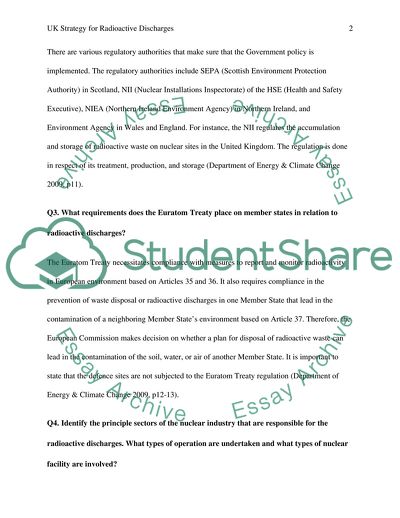Cite this document
(UK Strategy for Radioactive Discharges Case Study Example | Topics and Well Written Essays - 2000 words, n.d.)
UK Strategy for Radioactive Discharges Case Study Example | Topics and Well Written Essays - 2000 words. https://studentshare.org/physics/1803771-uk-strategy-for-radioactive-discharges
UK Strategy for Radioactive Discharges Case Study Example | Topics and Well Written Essays - 2000 words. https://studentshare.org/physics/1803771-uk-strategy-for-radioactive-discharges
(UK Strategy for Radioactive Discharges Case Study Example | Topics and Well Written Essays - 2000 Words)
UK Strategy for Radioactive Discharges Case Study Example | Topics and Well Written Essays - 2000 Words. https://studentshare.org/physics/1803771-uk-strategy-for-radioactive-discharges.
UK Strategy for Radioactive Discharges Case Study Example | Topics and Well Written Essays - 2000 Words. https://studentshare.org/physics/1803771-uk-strategy-for-radioactive-discharges.
“UK Strategy for Radioactive Discharges Case Study Example | Topics and Well Written Essays - 2000 Words”. https://studentshare.org/physics/1803771-uk-strategy-for-radioactive-discharges.


